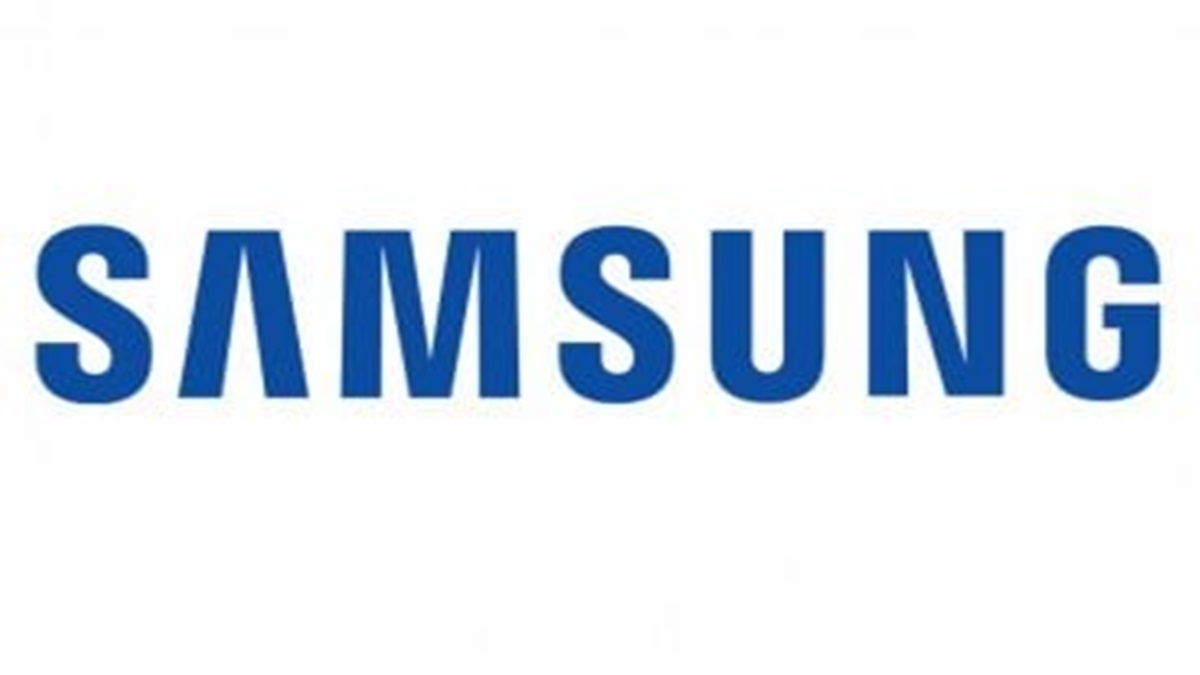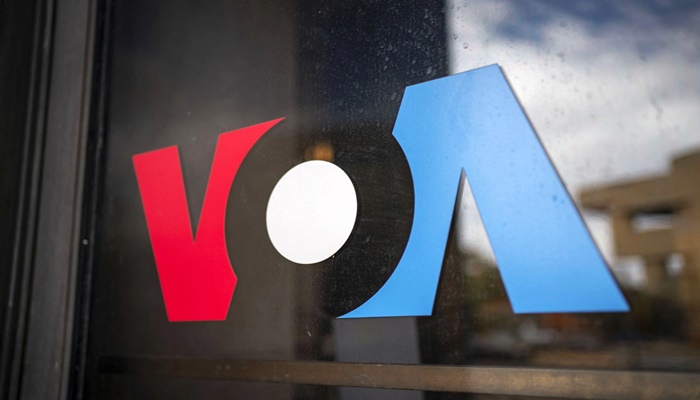In today’s job market, we spend a lot of time talking about pay transparency, flexible work, and AI-driven recruiting that we sometimes forget a much simpler truth: the speed of your hiring process may matter more than all of it. For HR leaders, this isn’t just a quirky statistic. It’s a signal that hiring speed has become a competitive advantage, and an overlooked one at that.
The Fast Hire Divide
The Index* shows that in states like Texas and Utah, candidates are being hired far faster than in states such as California or New York. Some industries, particularly healthcare and hospitality, also fill roles more quickly than others, often outpacing fields like government or education.
On the surface, this might just look like regional variation. But dig deeper, and you see the implications: if your company is in a “slow hire” state or sector, you’re already at a disadvantage. Candidates simply have more options and less patience than they did even five years ago.
Ben, an HR Specialist at Resumedia, sees the root cause clearly:
“The biggest bottleneck is misalignment at the start. Too often, hiring managers and their team aren’t aligned on what they really need, so this lack of clarity is then taken into the process from the start. This then results in expectations shifting throughout the search.” – Ben Dowse, HR Specialist at Resumedia
He adds that poor planning is often made worse by unnecessary complexity:
“Add in overly complex interview loops, slow feedback, and unstructured interviews, and great candidates slip away. A lot of this comes down to planning and alignment from the start – a clear role definition, an aligned hiring team, and an agreed-upon process. And please, let’s keep our candidates up to date weekly – it’s not hard.”
We often talk about the “Great Resignation” or the “Big Stay,” but beneath those narratives lies a more practical reality: job seekers go where they feel wanted. A drawn-out hiring process tells them the opposite.
Why Speed Matters More Than Ever
When was the last time a top candidate told you they enjoyed waiting three weeks between interviews? Or that they loved filling out a portal form that crashed halfway through? Candidates today live in a same-day-delivery, instant-feedback world. A hiring process that moves at a snail’s pace feels outdated and disrespectful.
As Ben explains, it’s about balance:
“Speed is a tight rope you walk as a Recruiter! Move too slow and you’ll lose candidates to other offers and assume you’re not interested. Too fast, and you are treating people like numbers. Rushing a process can be just as damaging. Candidates are making huge life decisions, and if it feels like a conveyor belt, the personal connection is lost.”
The key, he says, is communication:
“There are plenty of recruiters out there that will build relationships, take their time, and win the hearts and minds of the top talent. The sweet spot is clarity and communication. If you set expectations and stay in touch, you’ll know exactly when to move fast and when to give space.”
Speed is not about cutting corners. It’s about showing urgency. A quick, thoughtful process tells candidates: we value your time, and we want you here. A slow process says: you’re not a priority.
And the numbers prove it. Companies in “fast hire” states consistently report fewer drop-offs and stronger acceptance rates. Those in “slow hire” markets face higher ghosting, longer vacancies, and ultimately, heavier costs from talent churn.
The Hidden HR Risk
Here’s the part that many executives miss: hiring speed is not just an HR operations issue. It’s a strategic risk.
When vacancies drag on, teams burn out covering extra workloads. When candidates vanish mid-process, your employer brand takes a hit. And when you lose talent to faster competitors, your business loses revenue opportunities.
I’ve seen organizations obsess over compensation benchmarking while ignoring the fact that their six-step approval process for a simple hire costs them more talent than salary gaps ever did. Pay matters. Culture matters. But speed may matter most.
What HR Leaders Can Do
The good news is, this is a problem HR leaders can fix. The Fast Hire Index gives us a blueprint for action.
1. Audit your process.
How long, on average, does it take from posting a role to extending an offer? Break it down by stage: resume review, first interview, final decision.
2. Cut the unnecessary.
Do you really need five interview rounds for an entry-level role? Does every approval require two VPs to sign off? Every extra step signals to candidates you’re not serious about hiring them.
3. Empower hiring managers.
Often, the bottleneck isn’t HR but line managers. Train and trust them to make quicker decisions, with HR as a guide rather than a gatekeeper.
4. Look inward.
Internal mobility programs can help you redeploy talent faster than the market can supply it.
5. Consider geography.
If you’re in a slow-hire state, remote flexibility can be your friend. Don’t limit yourself to the local labor market if the index shows it’s stacked against you.
Ben’s advice to leaders is simple:
“If I had to pick just one thing: get real alignment at the start. Most delays happen because the hiring manager, HR, the team, and sometimes even the founder aren’t actually aligned on what the role should look like. You start searching, bring candidates, and then everyone realizes they actually wanted something else. That’s weeks wasted.”
And while tools and processes matter, he stresses where the real leverage lies:
“You can improve the small things: tooling, writing style, sourcing efforts, and employer branding, but the biggest procrastinator is lack of alignment internally, 100%.”
Beyond Recruitment: Retention
One of the biggest lessons from the Fast Hire Index is that employers can’t win a race they’re not built for. If your organization simply can’t move as fast as others, due to regulations, funding cycles, or leadership buy-in, then doubling down on retention may be smarter than trying to outpace faster competitors.
Upskilling, clear career pathways, and internal promotions not only keep employees longer but also ease the pressure to constantly fish in the most competitive parts of the labor pool.
The Bottom Line
Hiring speed isn’t glamorous. It doesn’t make headlines like AI or four-day workweeks. But in 2025, it might be one of the most decisive factors in whether your company wins or loses top talent.
The Fast Hire Index makes it clear: some employers are already adapting, and others are being left behind.
The choice for HR leaders is simple: treat speed as a process metric, or treat it as a competitive edge. One is business as usual. The other is the future of hiring.
Because in 2025, candidates aren’t just asking who pays the most or who offers remote work. They’re asking: who moves the fastest?




















